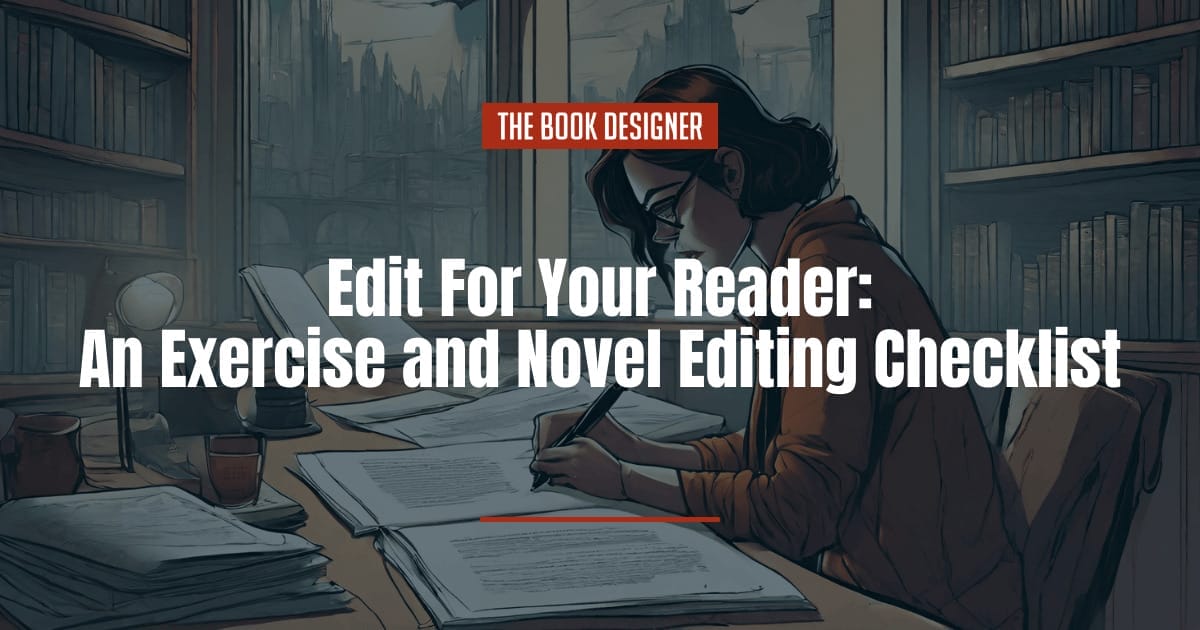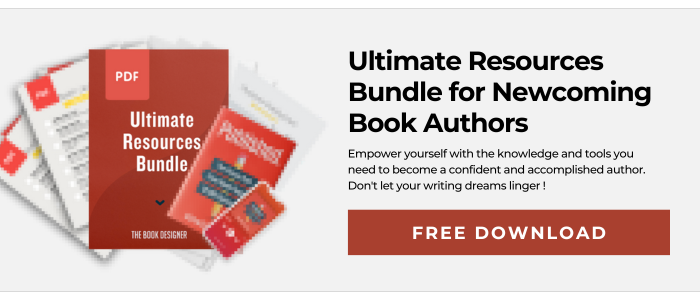Editing your novel can be overwhelming, confusing, and a downright hair-pulling experience. I know it was for me at first. Especially the overwhelming part. A novel editing checklist would have come in very handy.
So much to keep track of. Where to begin? And the one that haunted me at night…Is this book any good?
I put off editing for months and months—even years. At some point I realized that I’d never get my book done and published if I didn’t actually face the mountainous task that was editing my novel.
So I turned and faced my book and all the work I imagined lay ahead of me.
And I realized I was facing in the wrong direction.
I was so focused on myself and that wasn’t working.
The end product wasn’t for me, not really. It was for the reader.
Here’s what you need to know about editing from your readers perspective and the novel editing checklist:
Feeling into the Reader’s Experience
It’s not up to you to decide if the book is good. Yes, we all need to learn how to discern a good book, but we don’t write for ourselves alone. We write for the reader.
The biggest mental switch a writer needs to make is from self-focused—which you needed to be in the creative flow—to reader focused.
An Exercise to Orient to the Reader
Here’s an exercise to experience what I mean and to help you make the switch.
Imagine you’re sitting at a table with your reader. In front of you both is your completed first draft.
Notice how you feel about your book in general. Just notice and don’t judge the maelstrom that may be churning inside of you. Do identify one or two emotions and notice them.
Identify your thoughts that run through your mind.
Lastly, is there any action you’d like to take in regard to your manuscript? Note that, but hold off on doing any work.
You as Your Reader
Now pretend you can float up out of your chair and sink into your reader, so that you are her or him.
Allow yourself to align with their heart and lungs and fingers and toes.
Now look at the writer’s manuscript. What do you notice? What do you feel?
Appreciate that awareness. Acknowledge and notice what thoughts may arise. Also, notice any action you may wish to take.
Return to You
Take a snapshot of this moment and float on up out of the reader and bring your consciousness back into you.
Take a breath or two and reorient into your body.
Wiggle your fingers and toes and stand up. Now sit down. Okay, you’ve landed. Ok, stick out your tongue and make a silly face. Good. You’re you.
So…
What did you notice?
What Aha or new awareness did you have with this exercise? And how do you feel now about your manuscript? And what would you like next? Perhaps some next steps on how to edit your novel arise for you.
There are many lists and courses and books that tell you how to edit your book. I think there are as many methods to edit a novel as there are novelists.
Here’s my recommended order of editing your novel that I use in my “Edit Your Novel” Bootcamp. Feel free to adapt this list to your liking.
Novel Editing Checklist
As you go through the editing process, use this novel editing checklist to make sure you touch on all of the relevant parts you should be editing.
Story/Plot
- Pacing: Does the story move at the right pace for the emotions you want to convey? Does it move too slowly? Too quickly?
- Story Logic: Are there gaps in the story logic or in the actions of the characters? Can you follow the action from one moment to the next?
- Act structure (Act 1, 2, 3): Does your story have a compelling beginning, rising action and complications, and closing resolution? Does it start at the right place? Have enough action in the middle? Have a satisfying ending? Does it follow the Hero’s Journey?
- Scenes: Do your scenes start and end at the best point of interest for you? Does each scene have a compelling beginning, rising action and complications, and closing resolution?
- Readers’ Expectations: Do you meet reader expectations for your genre? Do you surprise the reader and yet fit the genre?
Character
- Goal, Motivation, Conflict (GMC): Do your characters have clear goals? Clear reasons—motivation—for their actions and goals? Do they have conflict preventing them from reaching their goals?
- Point of View (POV): Do you stay in one character’s point of view and voice per scene?
- Setting: Is the setting conveyed from the point of view character? Is the information shared relevant to the tone and moment?
- Dialogue:: Is the dialogue different for each character? Does the dialogue move the action forward? Or enhance character? Or be appropriate for the pacing of the moment, like to lighten the mood?
- Consistency:: Does the character stay in character?
- Readers’ Expectations: Do your characters behave as readers expect they would for your genre?
Proofreading
- Grammar: Do you keep the story in the tense you’ve chosen?
- Punctuation: Is your punctuation correct?
- Word Usage: Are you using the specific nouns and verbs?
- Spelling: Is your spelling correct?
- Metaphor: Do you use metaphor and simile to convey emotion from the point of view character?
- Readers’ Expectations: Is your book clear of errors in a way that makes the reading easy and clear for the readers of your genre? Does it follow a single style throughout (the Chicago Manual of Style is standard in the publishing world)?
After You Edit Your Novel
Once you edit your novel, find a supportive critique partner or beta reader (or several of these) and ask for the kind of feedback you’d like, and not like.
What to Ask Beta Readers or Critique Partners
When I’m handing off a draft that’s been cleaned up as best I can using the novel editing checklist above, I write a note and ask these questions:
Hi [Awesome critique partner/beta reader],
Thanks for your help on my [title/working title] xxx-word length book.
Please let me know your thoughts on:
- character arc
- plot
- strength/weaknesses as a [your genre.]
And anything else that confused you. And tell me the things you liked too!
No need to point out typos, unless they really bugged you. :-)
Thanks, Your bestest buddy,
Sincerely, Awesome Author
Feel free to use this as a template for your request and customize it for your project. (Be sure to take out the generic and silly stuff, if you want.)
Next Steps in Editing Your Novel
I usually wait a day or two before inputting the changes pointed out by my critique partners or beta readers. I take their feedback with a grain of salt. I’m the final decider after all. (You’re the decider!)
As you edit, keep your overall story goal in mind and the overall impact you want your story to have on the reader.
For example:
- For my romance, I want them to be a fun and light read that touches the heart.
- For my fantasy, I want to create a page-turning adventure of transformation.
- For my science fiction mystery, I want to create an intriguing and captivating puzzle.
In all cases, I want my characters to be compelling and for my readers to feel as if they are my point of view characters.
Work on the story in a few sessions, section by section, starting from the beginning and moving through to the end.
Once you’ve worked on the edits as best as you can, get final feedback from advanced readers.
What questions do you have about editing? What best practices work for you?
Please comment and let me know your thoughts. I’m always interested in hearing from you.



